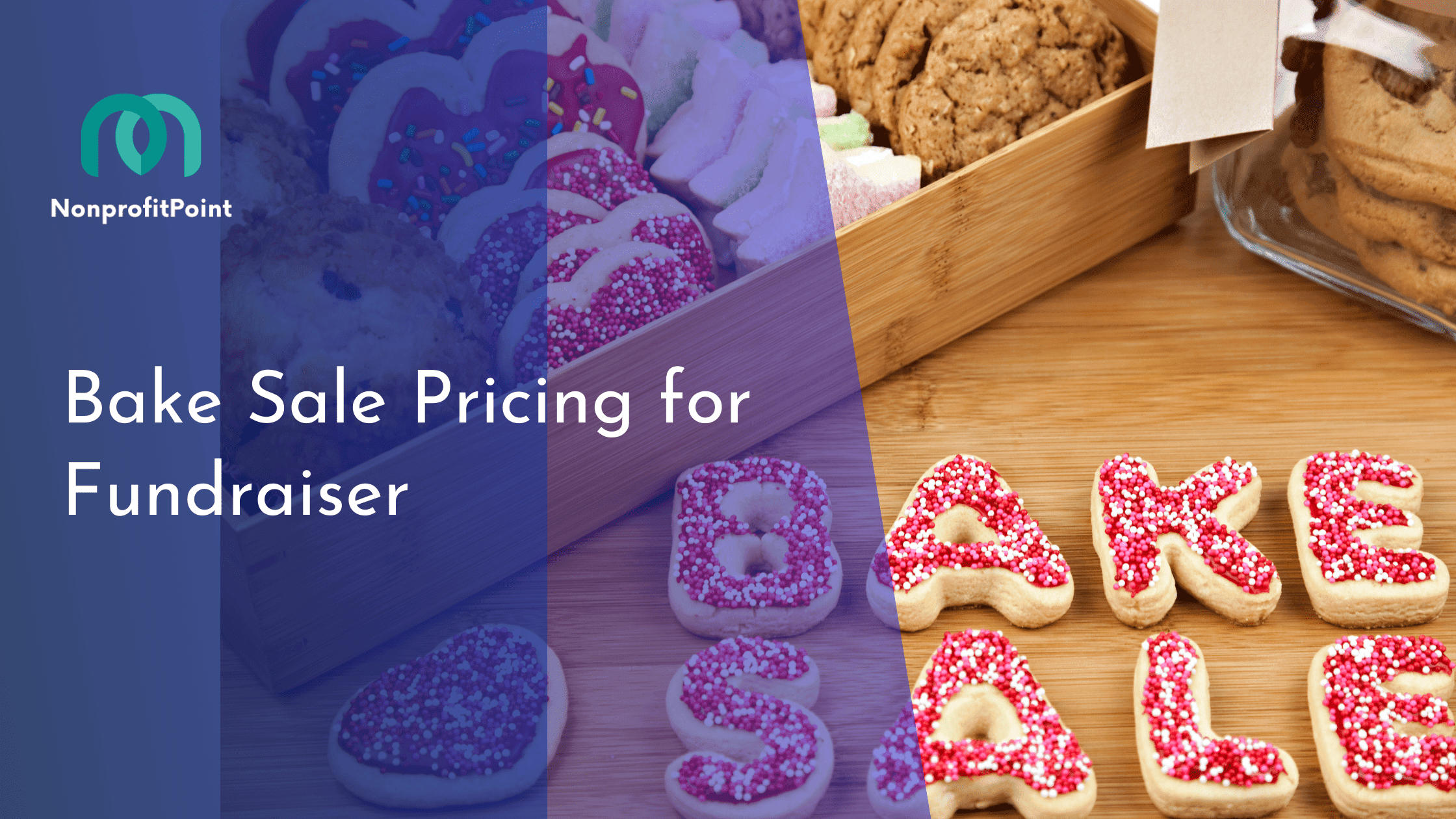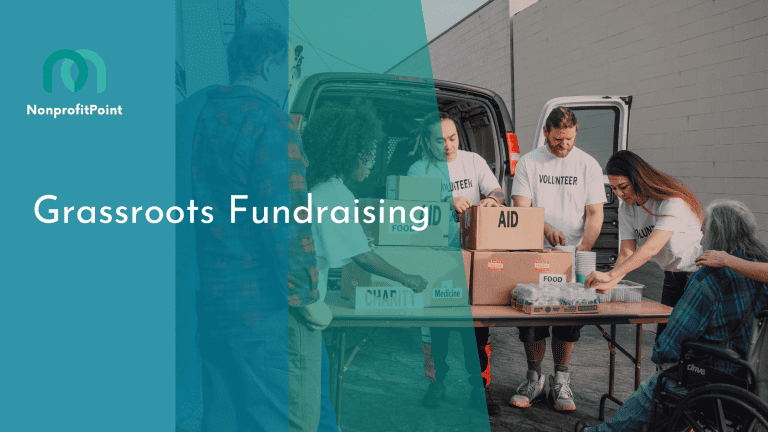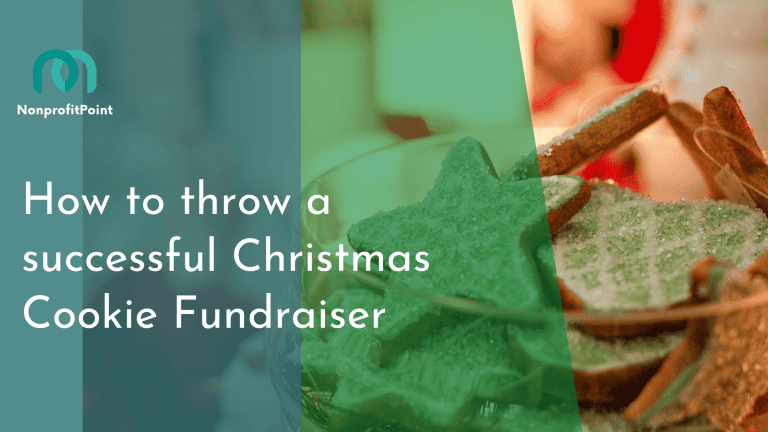Master the Art of Bake Sale Pricing: Boost Your Fundraiser Today
When it comes to hosting a successful bake sale fundraiser, setting the right prices is as crucial as the delightful array of cookies, cakes, and pies on display. Think of pricing as the secret ingredient that can make or break your event’s success. Whether you’re raising funds for a school project, a community cause, or a charitable organization, the art of pricing baked goods plays a pivotal role in attracting supporters and maximizing donations. This blog post delves into the essence of strategic pricing, offering insights and tips to ensure your bake sale is not only a gastronomic hit but also a financial triumph.
Imagine the scene: tables laden with the most tempting treats, each sweet and savory delight vying for attention. But beyond the allure of these homemade wonders lies a critical decision – how to price them effectively to entice sales while contributing significantly to your fundraising goals.
In this exploration, we’ll dissect the factors that influence bake sale pricing, from understanding your audience to the psychology of pricing. We aim to equip you with the know-how to price your baked goods in a way that appeals to your customer’s hearts and wallets, ensuring that every crumb and crust contributes to your noble cause. So, let’s preheat our strategic ovens and get ready to bake a difference!
Here’s how you can price your bake sale fundraiser:
1. Introduction to Bake Sale Fundraiser Pricing
The pivotal role of pricing in the success of a bake sale fundraiser cannot be overstated. It’s a delicate balance, a sweet spot, if you will, between setting prices that attract customers and ensuring these prices contribute significantly to your fundraising goals. A bake sale is more than just an opportunity to showcase culinary talents; it’s a critical fundraising tool for many community groups, schools, and charities.
The challenge lies in determining the perfect pricing strategy that will not only draw in a crowd but also encourage them to spend generously. In this blog post, we’re going to explore the art of pricing baked goods for a fundraiser, providing you with the tools and insights needed to make your event both deliciously tempting and financially rewarding.
We’ll look at understanding your target audience, the intricacies of cost analysis, and the psychology behind pricing, ensuring that your bake sale hits all the right notes.
2. Understanding Your Audience
Before setting any prices, it’s crucial to understand who your potential customers will be. The demographic of your audience plays a significant role in how you price your items. For instance, if your bake sale is at a school event, your primary customers might be students and parents.
In this scenario, your prices should reflect what a typical family or student might be willing to spend on a snack or treat. On the other hand, if you’re targeting a community event with a wider range of attendees, your pricing strategy might differ to accommodate a broader spectrum of economic backgrounds.
Consider factors such as the general income level in your community, the spending habits at similar events, and what your audience might reasonably expect to pay for homemade baked goods. This understanding will not only help in setting appropriate prices but also ensure that your items are appealing and accessible to your intended customer base.
3. Cost Analysis
A thorough cost analysis is the backbone of effective pricing. Start by calculating the cost of ingredients for each item. This might seem straightforward, but it’s important to be meticulous. Include everything from flour and sugar to the more negligible items like baking paper and cooking gas.
Don’t overlook the hidden costs – packaging materials, transportation to the venue, and even the time you or volunteers spend preparing and baking. These indirect costs can add up and should be factored into your pricing to ensure you’re not underestimating the true cost of each item.
After tallying these expenses, establish a baseline price for each item that covers the cost and contributes to your fundraising goal. Remember, the baseline price is just a starting point. It ensures that you’re not making a loss on any item and provides a foundation upon which you can build your pricing strategy.
4. Competitive Pricing Strategies
When it comes to bake sales, being mindful of your competition is key. This doesn’t mean engaging in a price war with the local bakery, but rather understanding the market and pricing your items accordingly. Start by researching the prices of similar baked goods at nearby bakeries, grocery stores, or other fundraising events.
This research will give you a ballpark figure to work with, ensuring your prices are in line with what customers are used to paying for similar products. However, it’s important to remember that the context of a fundraiser allows some flexibility – customers are often willing to pay a slightly higher price knowing that their money is going towards a good cause.
Use this to your advantage, but be careful not to overprice items to the point where it deters potential buyers. The goal is to find a sweet spot where your prices are competitive yet still underline the value of supporting your fundraising cause.
5. Psychological Pricing Techniques
The psychology of pricing can play a significant role in how customers perceive the value of your baked goods. One common technique is charm pricing, which involves pricing items just below a round number, like setting something at $1.99 instead of $2.00.
This strategy often makes a price seem more attractive to customers. Another effective approach is bundle pricing, where you offer a discount for purchasing a set of items together. For example, selling a cookie for $1 each or six for $5 can encourage customers to buy more than they initially intended.
Additionally, the way you present and package your items can create perceived value. Attractive, clean, and neat packaging can make items seem more premium, allowing you to price them slightly higher. The key is to make customers feel like they are getting more value for their money, encouraging them to spend more while feeling good about their purchase.
6. Special Offers and Discounts
To further entice customers and boost sales, consider implementing special offers and discounts. Early bird specials, such as a discount for purchases made within the first hour of the sale, can create a buzz and attract a crowd right from the start. Volume discounts, such as “buy five cupcakes, get one free,” encourage larger purchases, increasing your overall sales.
Additionally, offering special deals during slower periods, like a mid-afternoon price drop, can help maintain steady sales throughout the event. These strategies not only help in selling more but also create a sense of urgency and excitement around the sale.
Be mindful, though, that these offers should still align with your overall pricing strategy and fundraising goals. The aim is to increase sales while ensuring each transaction contributes meaningfully to your cause.
7. Testing and Adjusting Prices
In the dynamic environment of a bake sale, flexibility in pricing can be a valuable asset. Start your sale with a well-thought-out pricing strategy, but be prepared to make adjustments as the day progresses. Observing how customers react to your prices can provide invaluable insights.
For example, if certain items aren’t selling as expected, consider lowering the price slightly to increase their appeal. Conversely, if you notice a high demand for a particular item, you might have room to increase the price slightly. However, any price changes should be made thoughtfully and sparingly to avoid confusing or alienating customers.
Additionally, soliciting feedback from customers about your pricing can provide direct insight into their perceptions and willingness to pay. This iterative approach allows you to adapt to the market’s demands in real time, maximizing your fundraising potential while ensuring customer satisfaction.
8. Marketing Your Prices
Effective marketing of your bake sale prices can significantly enhance the appeal of your items. Start by creating clear, attractive price labels and signage. These should be easily visible and understandable, helping customers to quickly make purchasing decisions.
In the digital age, don’t underestimate the power of social media in promoting your bake sale. Share posts highlighting your items and their prices, special deals, or the story behind your fundraiser. This not only spreads the word but also builds anticipation and excitement.
Engage your audience with appealing visuals and compelling narratives about how the funds raised will be utilized. By making potential customers feel part of a larger story, you increase the likelihood of them supporting your cause, not just with their purchases but also by spreading the word to others.
9. Legal and Ethical Considerations
When setting prices for your bake sale, it’s important to be aware of and adhere to any local regulations related to fundraising. This might include obtaining necessary permits or following specific guidelines regarding food sales. Additionally, maintaining transparency in your pricing and the allocation of funds is crucial.
Customers are more likely to support your cause if they trust that their money is being used as promised. Communicate how the funds raised will be utilized, whether it’s for school supplies, community projects, or charitable donations.
This level of transparency not only fosters trust but also enhances the reputation of your organization or cause, paving the way for successful future fundraisers. Remember, a bake sale fundraiser is not just about raising money; it’s also an opportunity to build community and trust, with ethical and legal considerations playing a key role in this.
Final Thoughts
As our exploration of pricing strategies for a bake sale fundraiser comes to a close, it’s clear that the true essence of this endeavor extends far beyond the realm of mere dollars and cents. Setting the right prices is indeed a crucial component of a successful bake sale, but it’s the underlying narrative that truly resonates. Each cookie, cupcake, and pie isn’t just a commodity; it’s a symbol of community effort, a shared commitment to a cause, and a testament to the power of collective action.
The art of pricing, therefore, is much more than a financial strategy—it’s a reflection of the values and aspirations of your community. It’s about finding that harmonious balance where the value of homemade treats meets the generosity of those supporting a cause close to their hearts. As you embark on your bake sale journey, consider the deeper implications of your pricing decisions. They have the power to not only raise funds but also to forge connections, build community spirit, and leave a lasting impact.
In this sweet endeavor, each price tag carries with it a story, an opportunity to make a difference, and a chance to bring people together. So, as you set your prices, remember that you are not just selling baked goods; you are cultivating a culture of giving and unity. Let your bake sale be a celebration of this spirit, a testament to the fact that even the smallest contribution, when combined with others, can rise like dough to create something truly magnificent. In the end, the success of your bake sale will be measured not just in the funds raised, but in the smiles shared, the community strengthened, and the lives touched. Happy baking, and may your efforts be as fruitful as the delicious treats you offer!

![How to Start a Cookie Dough Fundraiser in 11 Steps [In-depth Guide]](https://nonprofitpoint.com/wp-content/uploads/2023/02/How-to-start-a-cookie-dough-fundraiser-min-768x432.png)




